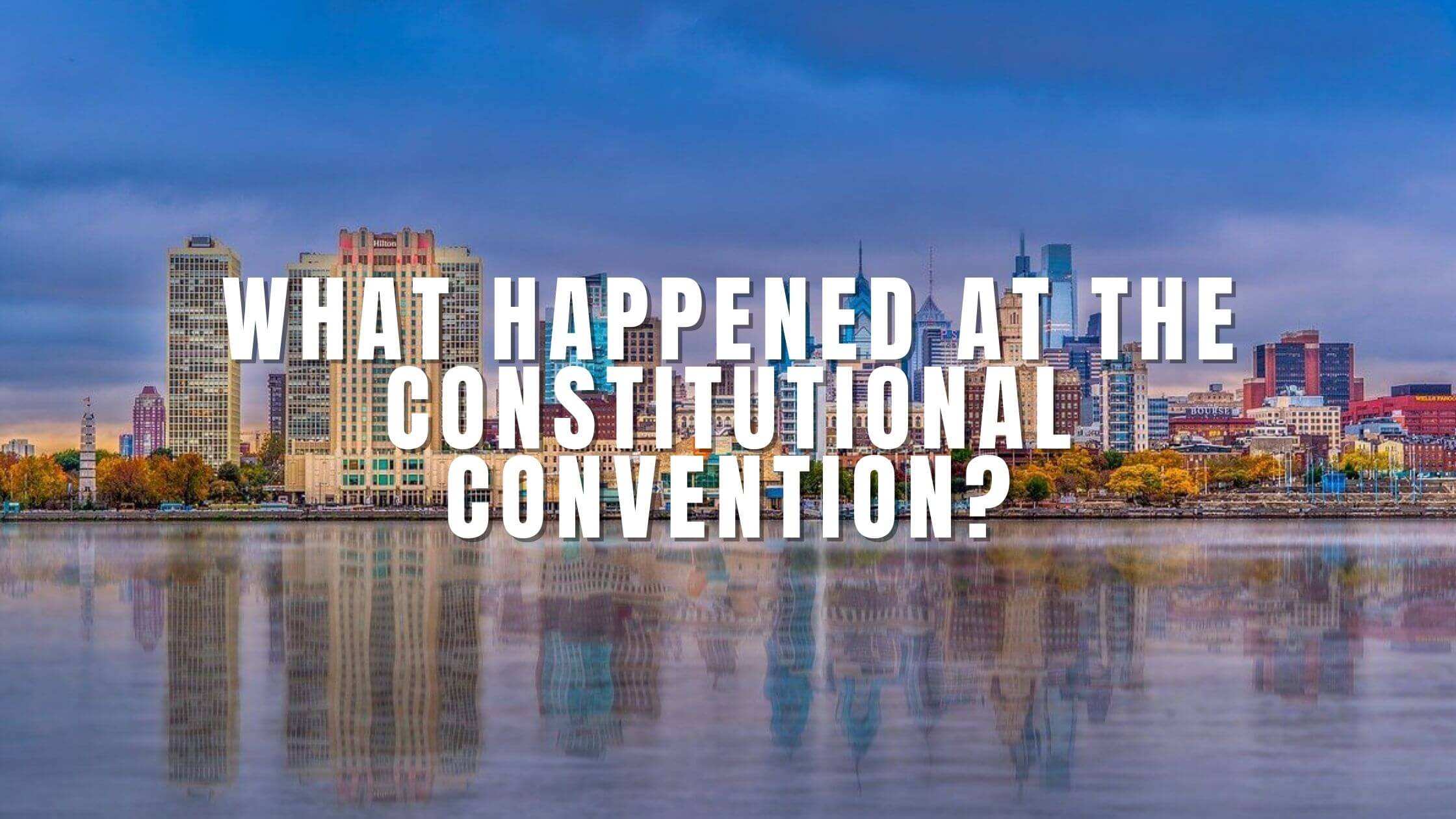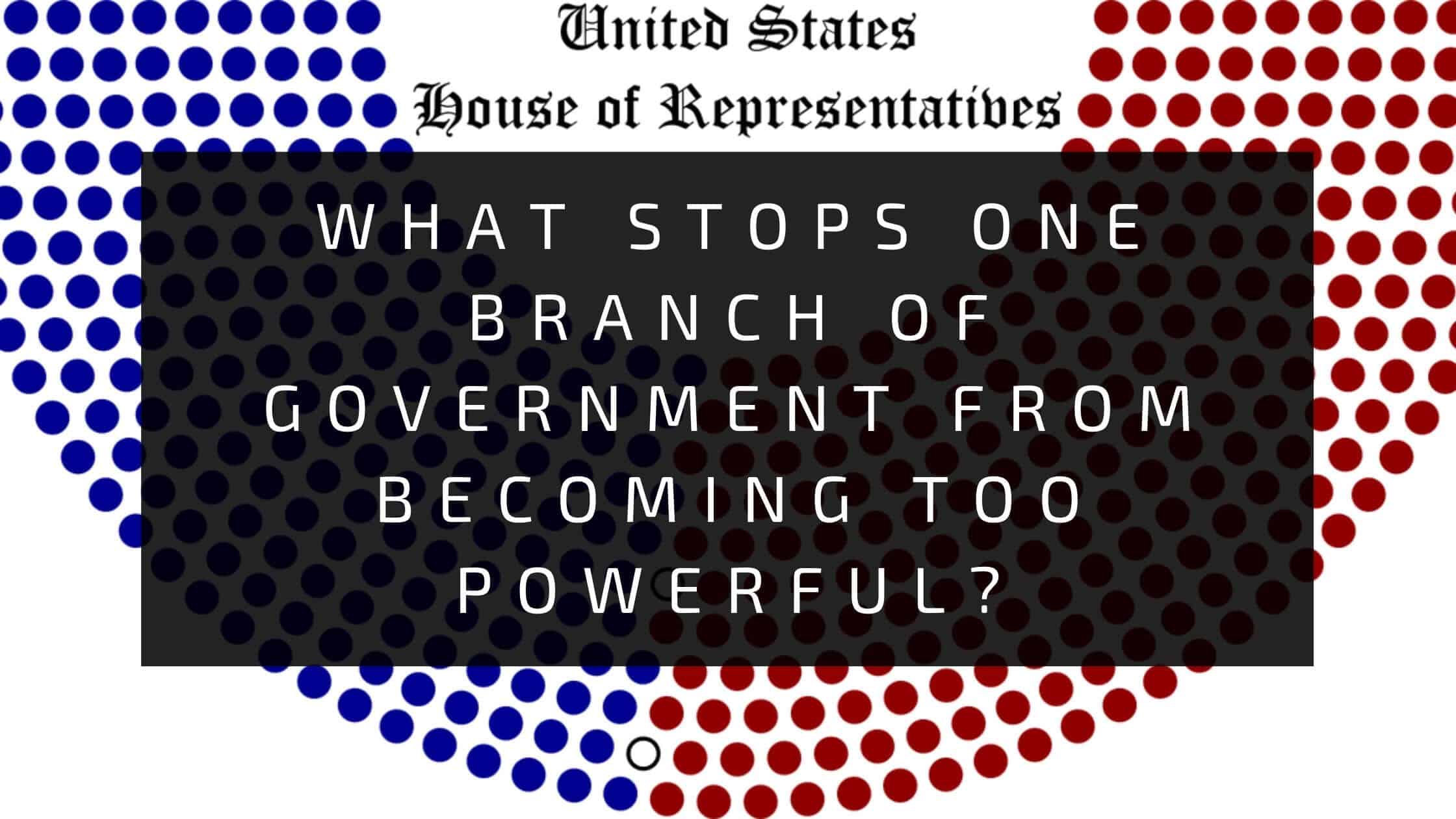Table of Contents
ToggleTo pass the US citizenship test, you will have to answer 10 of a possible 100 questions. The following question is from the USCIS test.
What happened at the Constitutional Convention?
Acceptable Answers:
- The Constitution was written.
- The Founding Fathers wrote the Constitution.
The following is a full explanation of the USCIS question:
The Constitutional Convention
The Constitutional Convention was a seminal political discussion in Philadelphia that took place from May to September 1787. It is where the Founding Fathers drafted the constitution.
Fifty-five people attended the convention, including many of the most influential members of society. Each state – apart from Rhode Island – sent representatives to this historic meeting of minds. The 13 states sent 55 representatives in total, anywhere from just two from New Hampshire to eight from Pennsylvania.
Attendees brought very different ideas to the table and debated numerous issues, such as how strong the federal government should be. Eventually, compromises were reached, and the convention was able to produce a finished document. Jacob Shallus was granted the honor of writing the constitution. He did so with a quill pen.
Where Was It Held, Who Attended, and What Happened?
The Philadelphia Convention began on May 25th, 1787. Since it was difficult to travel significant distances in the 1700s, attendees arrived at very different times, the first as early as the 14th, the last much later than the 25th.
One of the first orders of business was to elect George Washington to be the president of the convention. Subsequently, the rules of the convention were decided, including how states could vote on passing or rejecting proposals.
James Madison contributed much to the debate, and he intended to have a huge influence on the outcome. He boasted a vast knowledge of societies without monarchs, from Ancient Greek city-states to Switzerland in 1787, which enabled him to point to flaws in the American Republic. James Madison’s plan for the constitution was called the Virginia Plan.
What Were the Debates and What Was the Outcome?
Madison’s Virginia Plan aimed to give more power to the federal government at the expense of the states. In his opinion, the federal government needed to be allowed to use force against states that refused to pay taxes. The Virginia Plan went as far as to call for allowing the federal government to veto state laws.
While he did highlight the dangers of the potential for government oppression of the people, Madison still sought extensive powers for the federal government, which was a radical departure from the Confederation Congress.
Madison prepared his arguments extremely well, so the states adopted the Virginia Plan as a starting point and argued for and against it. Eventually, they reached common ground, and the government that was established ended up being somewhere between the weaker form of the confederation period and the strong central government that Madison had advocated.
Debates About How Congress Should Work
According to the Virginia Plan, the national government should be strong enough to veto state laws. However, that proposal did not sit well with state representatives, who argued that it would weaken and alienate too many states and risk them rejecting the constitution. The federal government did become strong, but not to the extent that Madison had pushed for.
Debates About a Unitary Executive
This debate related to whether the president should control all of the country’s executive powers or whether there should there be other executives that vote on these decisions. Some representatives called for a unitary executive (the president controlling the entire executive branch of the government) to expedite the decision-making process.
James Wilson supported a unitary executive, but those who argued against him felt that a unitary executive would eventually become monarchical in nature. Wilson prevailed in the end, and the president has the final say in all executive decisions today.
How Should the Executive Be Elected?
The convention had to determine how the executive (president) be elected and whether that would be by the people directly or by other elected officials. It took quite some time to reach the concept of the Electoral College that we use today.
Since information spread slowly in the 1700s, the general public was often easy to manipulate. This led to the idea that the president should be elected by representatives who would be better informed about political issues and so the Electoral College was born.
Creating a Judicial Branch
After much debate, it was decided that there should be a single Supreme Court and that Congress should have the power to create lower courts. Representatives agreed that the judicial branch should be separate from the executive branch, unlike England.
Fear of an Overly Strong Federal Government
In opposition to the Virginia Plan, smaller states that were wary of proportional representation and a strong national government proposed the New Jersey Plan. The New Jersey Plan was a modification of the government under the Articles of Confederation and not a completely different framework of government.
Alexander Hamilton of New York proposed a third plan with a government similar to that of Great Britain. The New Jersey plan was voted on and defeated, and the outcome of the convention was something closer to the Virginia Plan, albeit with many alterations.
The Connecticut Compromise
The Connecticut Compromise was reached following the debate on proportional representation (a state with twice the population gets twice as many representatives) as opposed to equal representation (each state gets the same number). It was decided that the Senate should have equal representation and that the House should be proportional.
The Constitution’s Completion
The representatives decided that the United States Constitution should be relatively short and written in simple sentences with precise meanings. It should also avoid dealing with minor contemporary issues that would not be a cause for concern over a number of generations.
Even after the first draft was finished, debates continued. Madison wanted to expand the powers of the government further and continued to advocate for his original proposal. At the same time, changes to how to make amendments to the constitution were introduced.
However, it was not easy to change the constitution radically in the wake of its first draft. After 100 days of debate, attendees were eager to return home, and they had already settled on many compromises. Arguments were made for a Bill of Rights, but its time would come later.

Get Smarter on US News, History, and the Constitution
Join the thousands of fellow patriots who rely on our 5-minute newsletter to stay informed on the key events and trends that shaped our nation's past and continue to shape its present.
Signing the Constitution
Despite not including a bill of rights, the constitution was completed. It created a much stronger federal government than the government of the confederation era. States were now much less independent but would enjoy greater protection during a time of crisis from the national government.
Why Did the Constitutional Convention Happen?
During the American Revolution, the governments of the thirteen colonies became state governments, which were split into three branches – legislative, executive, and judicial.
Initially, there was practically no national government, just an alliance between states. The Articles of Confederation did not create a federal government and were more akin to a treaty than anything else. For a number of years, each American state was, in effect, independent.
The Government Was Too Weak Before the Constitution
After 1781, the United States had something that more closely resembled a federal government, known as the “Congress of the Confederation.” However, it was too weak to defend the country. It could only make requests to states for funding to wage war – it had no right to demand finances.
It was generally accepted that the Confederation Congress was not strong enough and that the United States needed a real national government. This became increasingly clear later in the 1780s when states started refusing to give money to the federal government.
Many Americans in different states realized that the federal government needed more power, but not in a way that made it comparable to the old British government. There was a demand for federal laws and a national constitution to prevent unjust legislation. This prompted the influential attendees to convene in Philadelphia to discuss the structure and the founding document of the new federal government.











